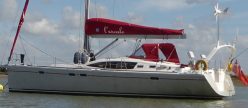Sunday 1 – Saturday 7 September
We passed a restful week in this interesting city, making new friends at the marina and completing our version of the Santiago pilgrimage (peregrinación in Spanish – like the falcon?).
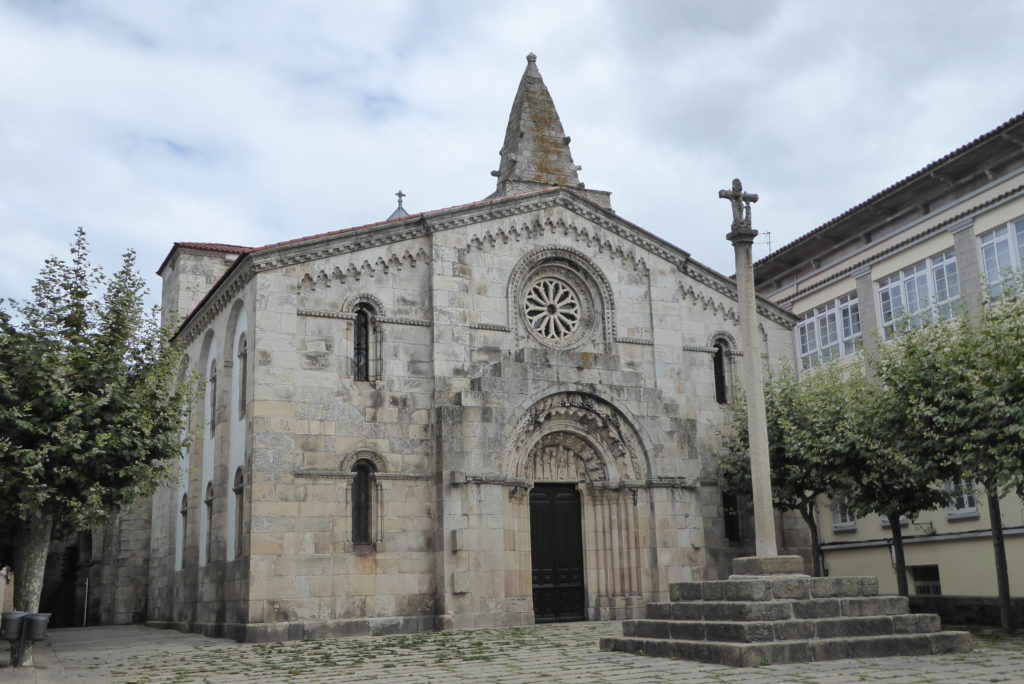
Colexiata Santa María do Campo
The Cidade Vella, the old walled city is but a short climb from the marina, and is full of attractive architecture and ancient religious buildings; monasteries, convents and theological colleges, as well as Catholic churches. Narrow streets wind among overhanging balconies and upper floors, with bars and restaurants propping up many a corner. A peaceful formal garden shelters the imposing tomb of Lieutenant-General Sir John Moore KB, a Scot who rose through the ranks of the British army, and died here in 1809 having led his troops in a successful defence against the invading French during the Peninsular War.
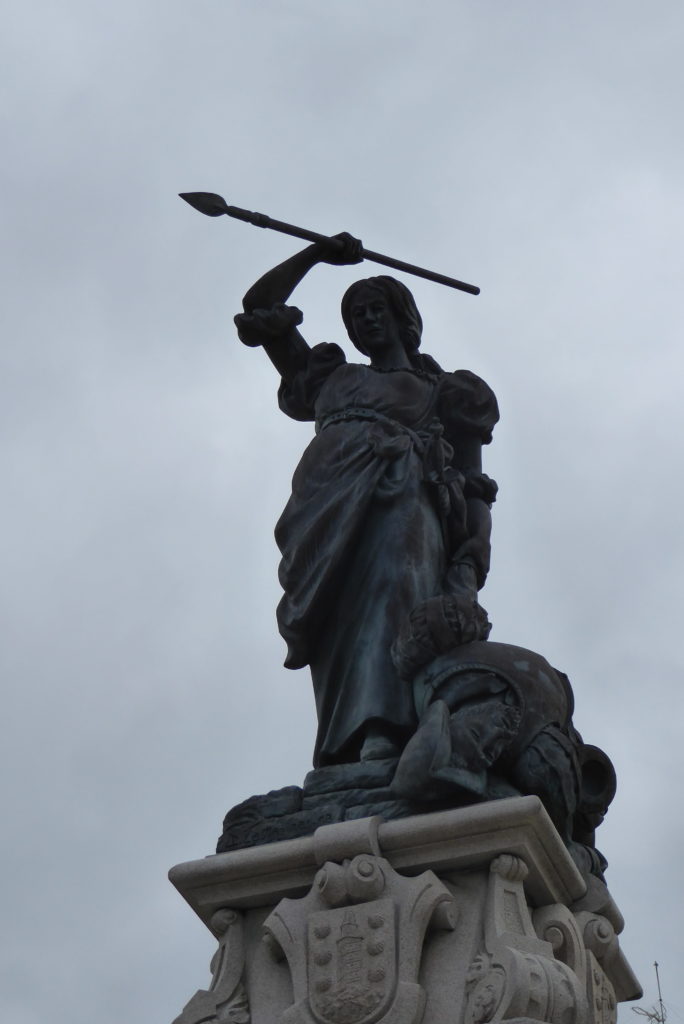
Wandering downhill towards the port and the ‘inner’ city marina, we found ourselves in Maria Pita Plaza (Praza in Galician). In 1589, on the orders of Queen Elizabeth I, Sir Francis Drake led English troops to lay siege to the city. Following the death of her husband during the attack, Maria Pita tore the English standard from a lance and killed Drake’s brother with it, with the cry “Let all honourable men and women follow me”. So fierce was her rage, the 4000 inhabitants fought off three times that number of fearful Englishmen. She has come to represent the strength and determination that characterise the women of A Coruña.
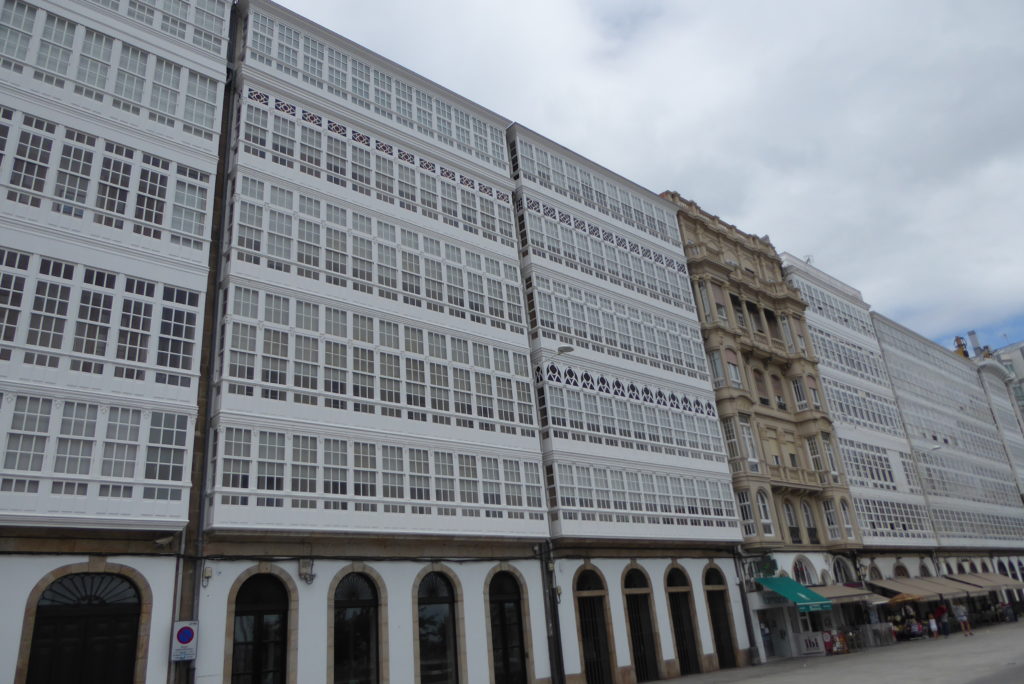
Maria Pita’s statue faces the imposing edifice of the City Hall. As we emerged onto the waterfront, we discovered why the city is known as the ‘Ciudad de cristal’ – glass city. Originally fishermen’s houses, the buildings that line the Avenidas de Montouto and da Mariña are completely glazed on the façades of their upper floors. The windows enclose balconies, and each is slightly different in design. Forming a terrace, they are spectacular. Looking closer, one notices a plethora of Modernist and Art Nouveau styles of architecture, including stonework, moulding and wrought iron.
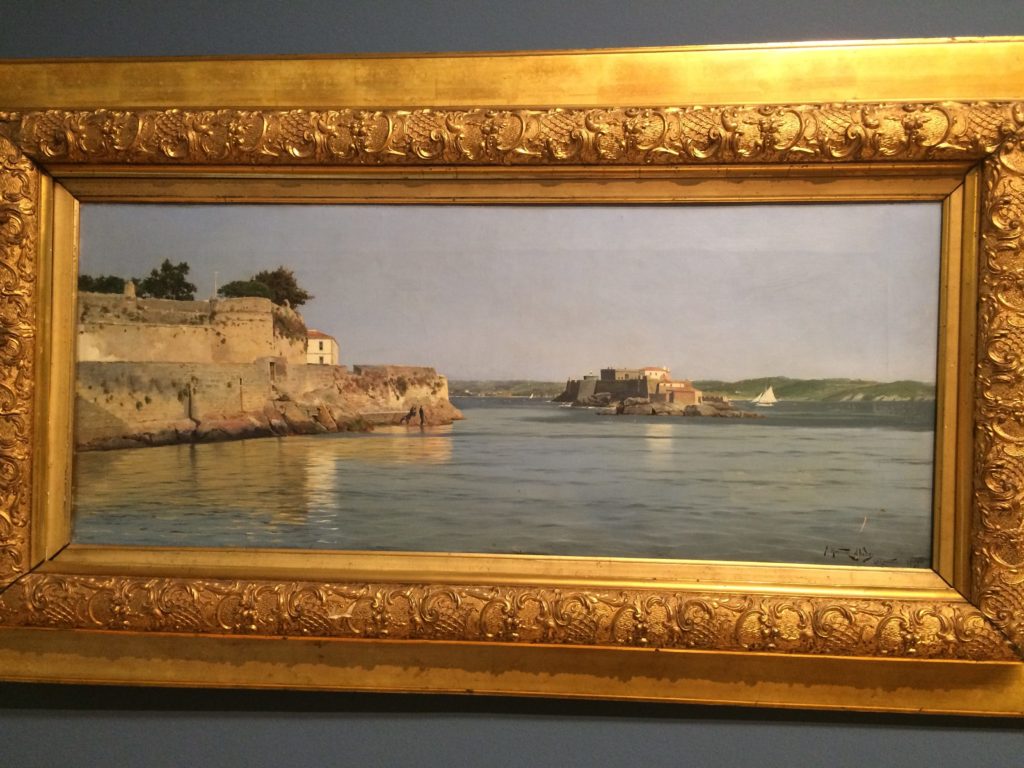

We took in a little culture at the Fine Arts Museum, and sampled several local specialities, including Estrella beer, octopus and empanada – a savoury filled pastry. There was masses more we didn’t find time for, including a ride on the tram along the longest promenade in Europe, from which we’d have enjoyed close ups of the Torre de Hercules, originally a Roman lighthouse and still in operation, the Japanese-designed Domus Museum of Mankind, and a spherical glass funicular to the Mirador San Pedro. We were surprised to discover in the Plaza del Humor that some well-known heroes of comedy have transcended borders to become popular abroad: Shakespeare, Laurel and Hardy, Fred and Barney from The Flintstones, and Asterix the Gaul among them. [Note to self-catering visitors: the Mercado, market hall, on the North edge of the Plaza del Humor, has a good selection of produce, butchery, fish and delicatessen stalls; below it is a Gadis supermarket that will deliver free when you spend €60 – just find the right checkout and the helpful assistants do it all for you].
Our daughter made this same trip some years ago, whilst waiting for the right weather to set off on John Laing, an OYT South tall ship, across the Bay of Biscay to Dublin. She told us it was a must-do. Skipper’s parents have ‘done’ the Camino twice, and another friend of ours has also walked one of the pilgrimage routes, discovering the wonderful Galician white wine, Albariño, along the way. We were lucky with a lovely sunny day, and followed a route Mate found on a website to take in all the key sights of this ancient city, the third most important in Christendom, after Jerusalem and Rome.
Of course, we had some boat jobs to attend to as well as ‘touristing’, whilst waiting for the right weather to ‘go around the corner’ to start heading South again. But while we were here, we took advantage of a straightforward train journey a little way inland, to Santiago de Compostela.
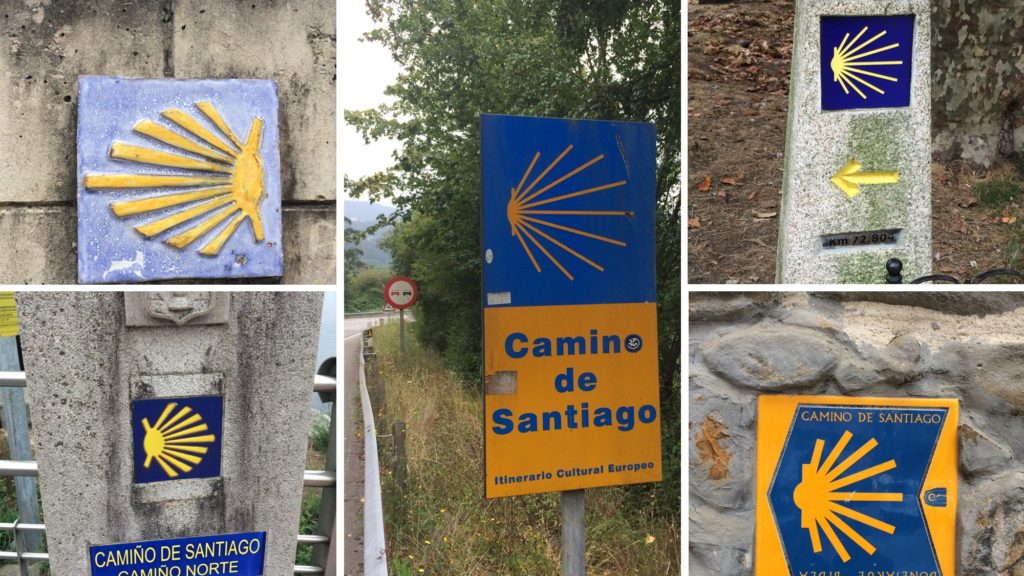
Once again we selected just one museum, deciding on the Museum of Pilgrimage, which triggered a lively conversation about religion versus tourism, and their relative financial impact. Refreshed by wonderful hot chocolate con churros at Café Metate, a former chocolate factory where they still make their own chocolate, we strolled through the covered market, a series of domed-roofed halls each specialising in different foods: butchery, fish, fresh fruit and vegetables.
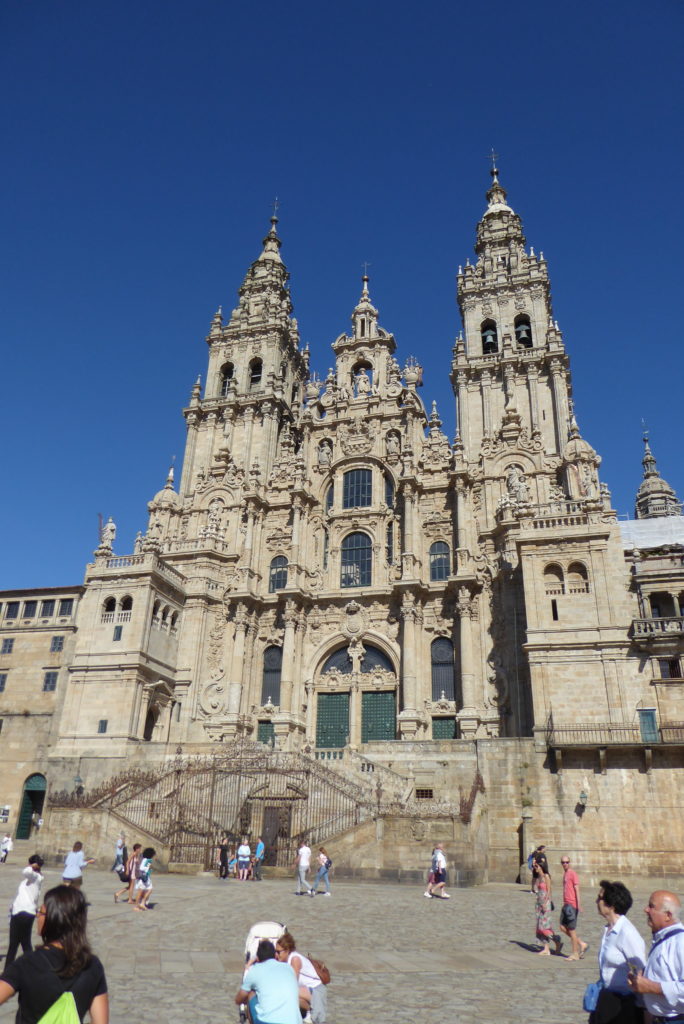
Disappointed by our visit to the mighty Cathedral itself, currently an enormous building site with almost the entire interior clad in scaffolding and plastic, we nonetheless enjoyed the grand finale of the Praza do Obradoiro, the square that fronts the West façade in all its Romanesque glory. Cynical as we may be, it was still moving to experience the triumph and elation of pilgrims realising they had finally reached the pinnacle of their journeys.
